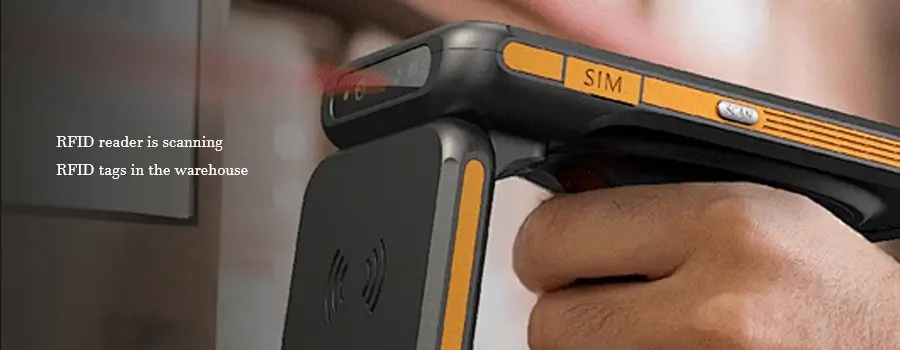RFID tags are at the core of modern retail efficiency, transforming how industry leaders like Walmart manage billions of products across thousands of stores. In a sector where inventory accuracy can make or break customer satisfaction, these tiny yet powerful devices have become indispensable. By adopting RFID tags, Walmart has not only streamlined its operations but also set a new standard for supply chain innovation. Let's explore how this technology powers the retail giant's success.

RFID tags (Radio-Frequency Identification) uses electromagnetic fields to automatically identify and track objects equipped with RFID tags. Unlike traditional barcodes, which require line-of-sight scanning, RFID tags transmit data wirelessly to readers, enabling:
This technology eliminates manual counting errors, speeds up processes, and provides unparalleled visibility—a perfect fit for Walmart's massive operations.

Before adopting RFID tags, Walmart relied on barcode scanners and manual counts. This led to frequent stockouts, overstocked warehouses, and frustrated customers. Employees spent hours scanning shelves, while discrepancies between digital records and physical stock plagued supply chains.
In the early 2000s, Walmart recognized RFID's potential to solve these pain points. RFID tags offered:
After pilot programs and supplier collaborations, Walmart began rolling out RFID tags across its network in the 2010s, prioritizing high-value categories like apparel and electronics.

RFID tags are attached to pallets and shipments, allowing automated tracking from arrival to dispatch. This reduces misplacements and ensures timely restocking. For example, Walmart's RFID-powered warehouses reported a 30% reduction in processing time for inbound goods.
Every product with an RFID tag is monitored in real time. Handheld scanners enable employees to audit shelves 3x faster than manual methods. If a popular item runs low, the system triggers automatic reorders—preventing lost sales.
Walmart mandates suppliers to embed RFID tags at the source. This creates end-to-end transparency, from factories to store shelves. Suppliers benefit too, as RFID data helps them forecast demand and reduce overproduction.
RFID tags ensure Walmart's "Buy Online, Pick Up In-Store" (BOPIS) service operates flawlessly. Store associates quickly locate tagged items, fulfilling orders accurately. During holidays, RFID-driven restocking keeps shelves stocked, minimizing customer disappointment.
Walmart's RFID adoption has delivered measurable results:
These efficiencies reinforce Walmart's dominance in omnichannel retail, where seamless inventory management is critical.
Implementing RFID tags wasn't without hurdles. Initial costs for tags and infrastructure were high, and some suppliers resisted compliance. Walmart addressed this by:
For retailers considering RFID tags, Walmart's journey underscores the importance of collaboration and phased scaling.

Walmart continues to innovate with RFID tags. Plans include:
As RFID tag costs drop and capabilities grow, this technology will likely become a retail staple—fueling automation, sustainability, and hyper-personalized shopping experiences.
Walmart's use of RFID tags exemplifies how technology can turn inventory management from a liability into a competitive edge. By embracing RFID, the retail giant has slashed costs, boosted customer satisfaction, and set a benchmark for the industry.
For businesses seeking similar success, RFID tags offer a proven path to efficiency. Ready to revolutionize your inventory management? [Explore our RFID tag solutions] today and unlock the power of seamless tracking!
RFIDSilicone provide a variety of RFID tags. If you also have inventory management needs or other RFID-related needs, please contact us.
-------------------
Welcome to contact us!
RFIDSilicone is Your Best RFID & NFC Partner!
19+ years experience in RFID products (RFID wristband, RFID sticker/tag, RFID card etc).
Our own factory passed ISO9001: 2015 & ISO14001:2015. We have SGS, ROHS, REACH, FDA certificates etc.